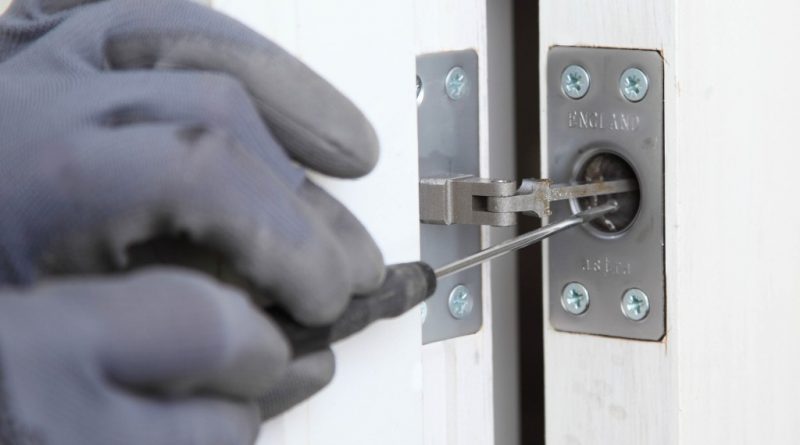Concealed closers -Frequently asked questions
Concealed closers -Frequently asked questions
Concealed door closers are one of the items they are most often asked about. Here Philip Gallagher from GAI member Astra Door Controls, runs through some of the most frequently asked questions.
Q: Where can concealed closers be used? Are they just for residential projects?
A: Although concealed closers are most often associated with domestic doors on apartment entrance doors, they do, in fact, have much wider uses in commercial settings too. In fact a concealed closer can be used on any door with a light to medium traffic flow. If you’re unsure contact your supplier but as a rule of thumb they can be used in many of the applications where overhead closers are used.
Q: Can concealed closers be used on fire doors?
A: In short, yes! They can be fitted on 30 and 60 minute fire rated doors but the closer should be CE marked (where applicable) and fire tested in accordance with BSEN 1634-1:2000 and BSEN 1634-1:1999 and it goes without saying that they must conform to the fire
test evidence for the door they are fitted on.
Q: I’m confused about what size closer to use!
A: This is probably the single most commonly asked question at Astra. Just like overhead closers, the size you need depends on the size and weight of the door and where it will be installed – wind force and fire rating may need to be taken into account, for instance. Bearing in mind the age and ability of the users, it is important for the closer to be “suitable and sufficient” for practical everyday use. Fire safety is vital but safety in use is also important. All the reputable closer companies will be happy to help with calculations and sizing queries.
Q: How reliable are concealed closers and how do I maintain them once they’re fitted?
A: Most door closers are all tested to half a million cycles on specially designed test rigs and some manufacturers, like Astra, are so confident in their reliability that we offer a ten year guarantee. In fact we have been manufacturing our Gibraltar range for nearly 50 years and we know of several closers that are still operating very successfully after thirty years’ use. In terms of maintenance, concealed closers require little or no maintenance. In fact, because they are concealed in the door leaf, they are less likely to be damaged, vandalised or stolen so are more likely to give years of trouble free operation than their overhead counterparts.
Q: Why should I choose a concealed closer above an overhead version?
A: The most obvious reason is aesthetics. Quite simply a concealed closer looks better! As reliable and less prone to damage than overheads, concealed closers are virtually maintenance-free. Of course the issue of cost can’t be ignored. A quality concealed closer is extremely competitive against its European-manufactured overhead equivalent.
Q: What are the UK standards I need to look for with concealed closers?
A:
ÔÇóEN1634 – 1: Fire resistance and smoke control tests for door, shutter and, openable window assemblies and elements of building hardware.
ÔÇóBS EN 1154:1997 Building hardware. Controlled door closing devices.
ÔÇóCE Marked under the Construction Products Regulations to EN 1154
Q: If I use a concealed closer does that preclude using other hardware on the hinge edge of the door?
A: No. It is still very possible to use hardware like continuous hinges or finger guards on the hinge edge of the door, even with a concealed closer in place

